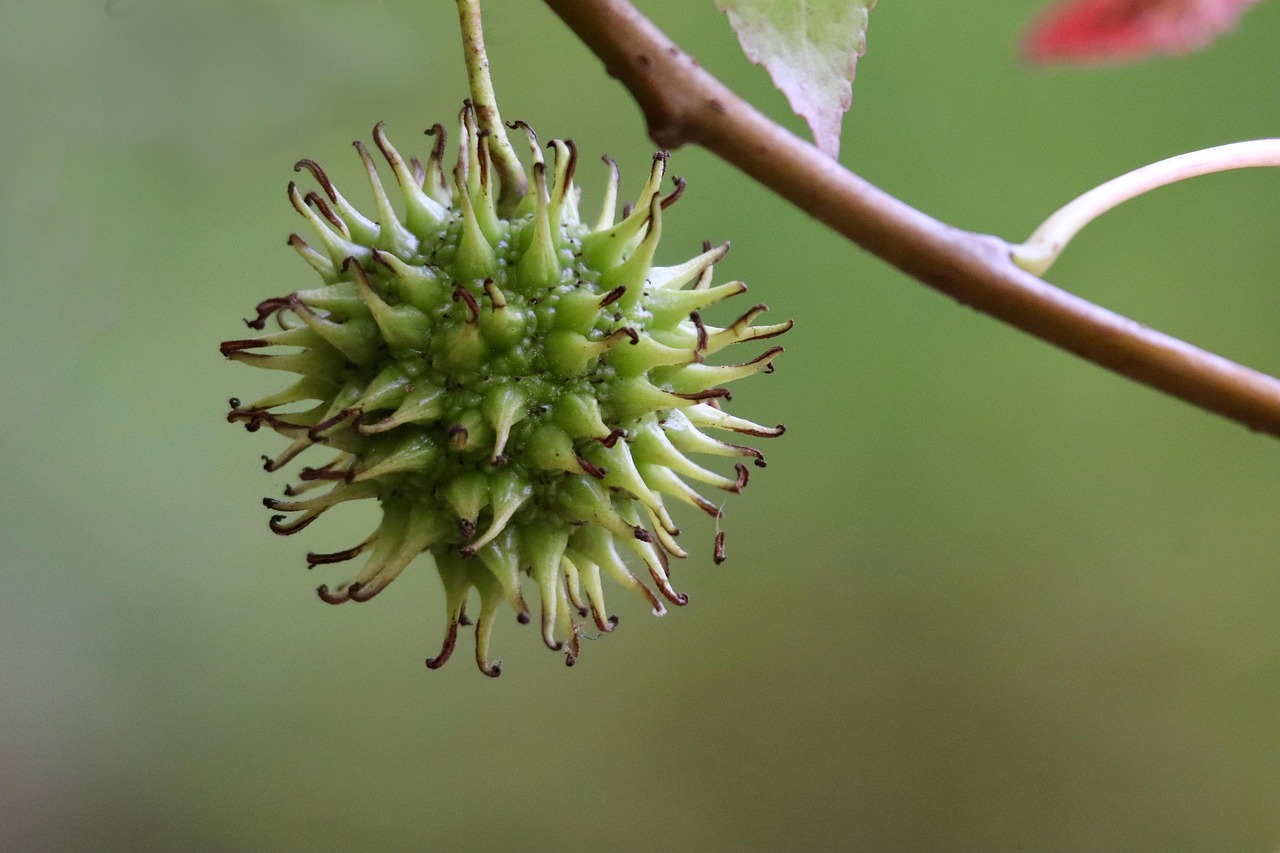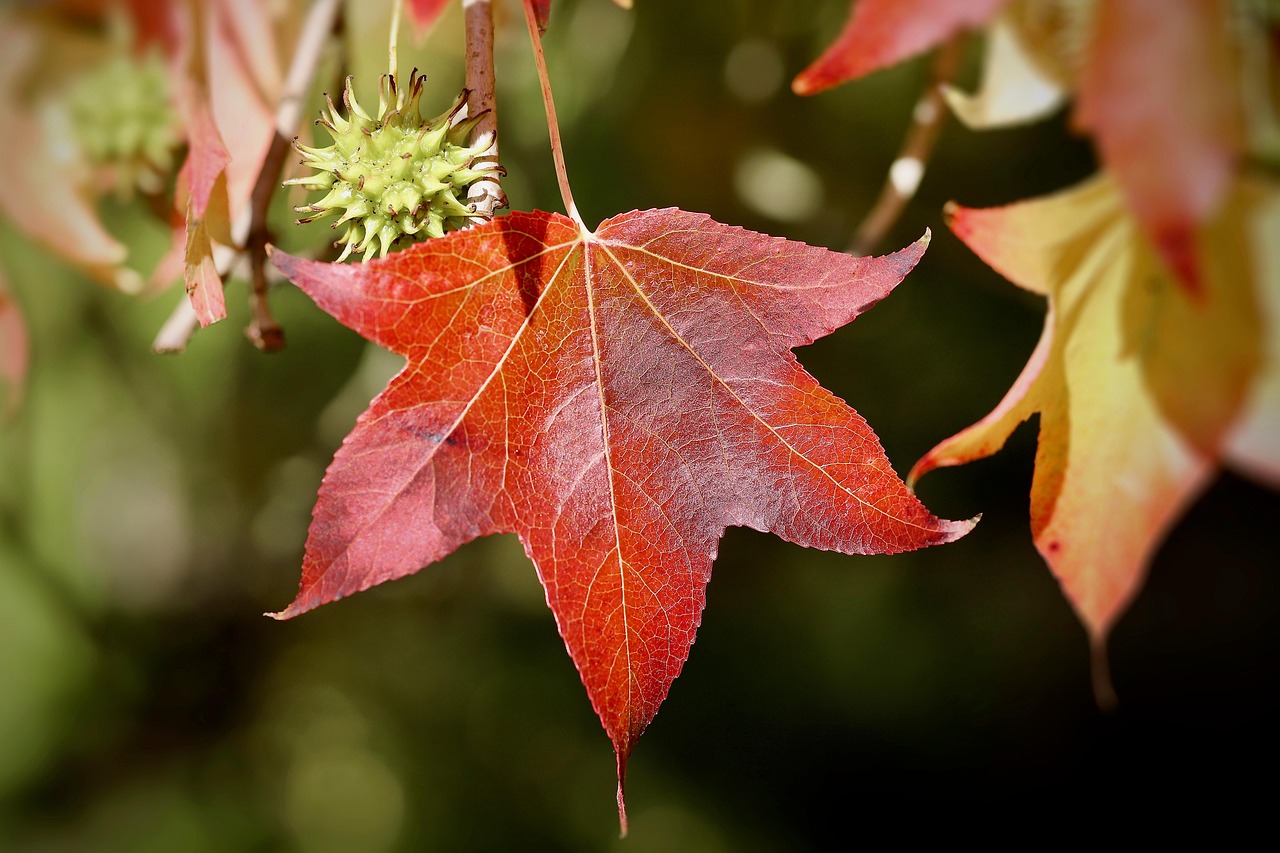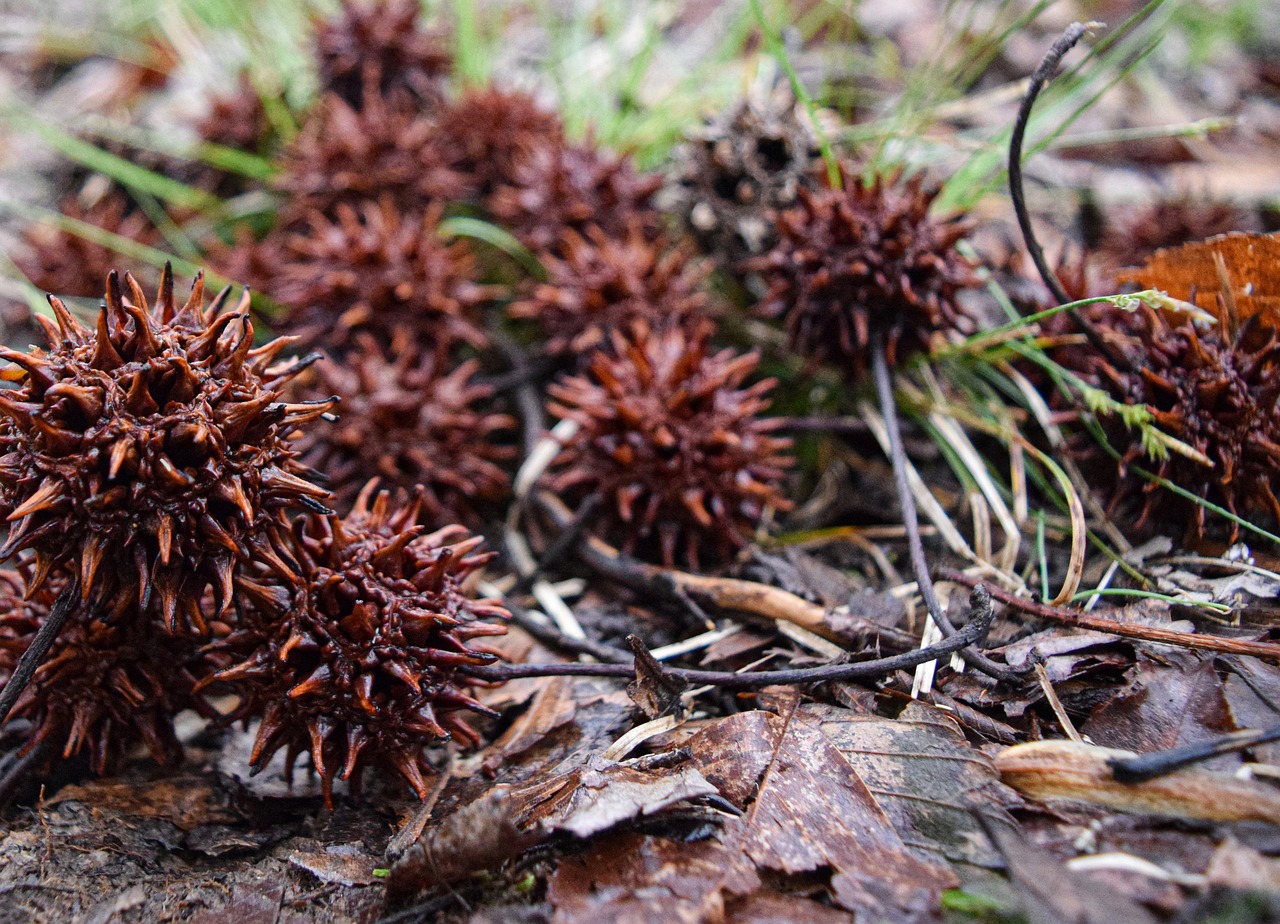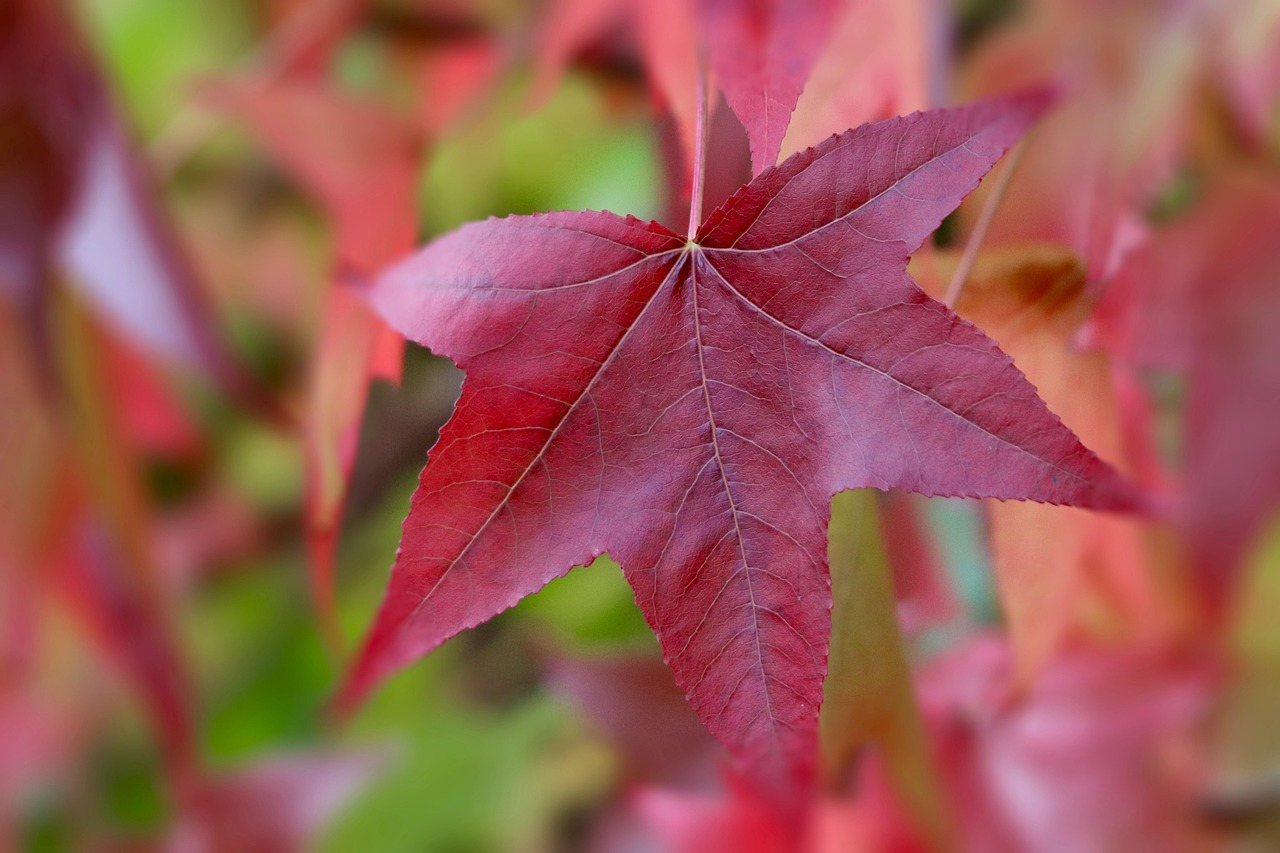Yes, Sweetgum wood is classified as a hardwood material. It comes from the Liquidambar styraciflua tree, which is native to the southeastern United States. This classification is due to its dense structure and the fact that it comes from a deciduous tree.
Understanding Sweetgum Wood

Sweetgum wood is derived from the sweetgum tree, a unique species that thrives in various environments across North America. The tree is easily recognizable by its star-shaped leaves and spiky seed balls. Sweetgum trees can grow quite tall, reaching heights of up to 100 feet, and they can live for more than a hundred years. The wood produced by these trees is highly valued for its aesthetic appeal and practical uses.
One of the most notable characteristics of Sweetgum wood is its grain pattern. The wood typically features a straight grain with a fine to medium texture. This makes it an attractive choice for furniture and cabinetry. Additionally, the heartwood, which is the older, denser wood at the center of the tree, ranges from light yellow-brown to reddish-brown, while the sapwood is paler. The color variations add unique visual interest to finished products.
Sweetgum wood is often compared to other hardwoods like maple and oak. It possesses several favorable qualities that make it suitable for various applications. For instance, it is relatively easy to work with both hand and machine tools. It glues well and holds finishes effectively, making it a popular choice among woodworkers and furniture makers.
Physical Properties of Sweetgum Wood
The physical properties of Sweetgum wood contribute significantly to its classification as a hardwood. Below are some key attributes:
| Property | Description |
|---|---|
| Density | Sweetgum wood has a density range from 30 to 40 pounds per cubic foot, making it relatively heavy compared to softwoods. |
| Hardness | It has a Janka hardness rating of about 1,200, which indicates moderate resistance to wear and denting. |
| Shrinkage | Sweetgum experiences moderate shrinkage upon drying, which can affect its dimensional stability. |
| Stability | While it can warp or twist if not properly dried, Sweetgum generally maintains stability once kiln-dried. |
These properties highlight why Sweetgum wood is often sought after for furniture making and other applications where durability is essential. Its ability to accept stains and finishes well allows craftsmen to achieve desired aesthetic results, further enhancing its desirability.
Applications of Sweetgum Wood
Given its characteristics, Sweetgum wood finds a variety of uses in both commercial and DIY projects. Some common applications include:
- Furniture: Tables, chairs, and cabinets benefit from Sweetgum’s attractive grain and color.
- Flooring: Its durability makes it a suitable option for hardwood flooring.
- Cabinetry: High-quality cabinets often utilize Sweetgum due to its strength and beauty.
- Musical Instruments: Some manufacturers use Sweetgum in crafting instrument bodies.
In addition to these uses, Sweetgum wood is sometimes employed in making veneer and plywood products. Its versatility ensures that it remains a popular choice among woodworkers and builders alike.
Characteristics of Sweetgum Wood
In addition to its practical applications, the unique characteristics of Sweetgum wood make it a subject of interest among woodworkers and builders. Understanding these traits can help individuals make informed decisions about its use in various projects. Below are some of the key characteristics that define Sweetgum wood.
Grain and Texture
The grain of Sweetgum wood is one of its most appealing features. It typically exhibits a straight grain pattern, although some pieces may show a wavy or interlocked grain. This variety adds visual interest to finished products. The wood has a fine to medium texture, which provides a smooth surface after sanding and finishing.
Color Variations
Sweetgum wood showcases a range of colors, from light yellow-brown to a deeper reddish-brown. These natural variations can be enhanced through staining, allowing for customized appearances that suit different design styles. The heartwood tends to be darker than the sapwood, creating a beautiful contrast when used in furniture or cabinetry.
Workability
Woodworkers appreciate Sweetgum for its workability. It can be easily cut, shaped, and joined using standard woodworking tools. However, it is essential to take care when working with the wood, as it can sometimes split or tear if not handled properly. Here are some tips for working with Sweetgum:
- Use sharp tools: Ensure that saw blades and chisels are sharp to prevent tearing the fibers.
- Control moisture: Keep the wood at an appropriate moisture level to avoid warping.
- Sand carefully: Use progressive grits when sanding to achieve a smooth finish without damaging the grain.
Durability and Resistance
When considering wood for construction or furniture, durability is a critical factor. Sweetgum wood is moderately durable, making it suitable for indoor applications. However, it is not as resistant to decay as some other hardwoods. This is an important consideration for those planning to use Sweetgum in areas with high moisture or exposure to the elements.
Sweetgum has a moderate resistance to insect damage, which further impacts its longevity. While it may not be the first choice for outdoor furniture, with proper treatment and maintenance, it can perform well in various environments.
Finishing and Staining
The ability of Sweetgum wood to accept stains and finishes is another reason for its popularity. It readily absorbs finishes, allowing for vibrant colors and rich tones to emerge. When applying finishes, it is crucial to follow these steps:
- Prepare the surface: Sand the wood thoroughly to remove any imperfections and ensure an even application.
- Choose the right stain: Select a stain that complements the natural color of the wood.
- Apply evenly: Use a brush or cloth to apply the stain evenly across the surface.
- Seal the finish: Once dry, consider applying a protective sealant to enhance durability.
Environmental Impact and Sustainability
The environmental impact of using Sweetgum wood is another aspect worth discussing. As a native species in parts of the United States, Sweetgum trees are generally abundant. However, sustainable practices are essential in managing forest resources effectively.
Choosing wood products from responsibly managed forests ensures that resources remain available for future generations. Consumers should look for certifications like the Forest Stewardship Council (FSC) label when purchasing Sweetgum wood products. This certification indicates that the wood has been harvested sustainably.

In summary, Sweetgum wood presents numerous qualities that make it an attractive option for various woodworking projects. Its unique characteristics, combined with considerations for durability and sustainability, contribute to its growing popularity among consumers and craftsmen alike.
Challenges in Using Sweetgum Wood

While Sweetgum wood offers various advantages, it also comes with its own set of challenges. Understanding these potential drawbacks can help woodworkers and builders make informed decisions regarding its use.
Moisture Sensitivity
One of the significant challenges associated with Sweetgum wood is its sensitivity to moisture. While it can be used indoors without issue, fluctuations in humidity can lead to warping or cracking if the wood is not properly dried. Here are some strategies to mitigate moisture issues:
- Store Properly: Keep Sweetgum wood in a climate-controlled environment to minimize moisture exposure.
- Acclimate Before Use: Allow the wood to acclimate to its new environment before installation or use.
- Avoid Outdoor Use: Limit the application of Sweetgum wood in outdoor settings unless adequately treated.
Workability Challenges
Although Sweetgum wood is generally easy to work with, certain factors can complicate the process. The presence of interlocked grain in some pieces may lead to tear-out during machining. Here are tips for enhancing workability:
- Test Cuts: Always perform test cuts on scrap pieces to determine how the wood will behave.
- Use Appropriate Tools: Choose tools designed for hardwoods to reduce the risk of tear-out or splitting.
- Monitor Feed Rate: Adjust the feed rate on machines to prevent overloading the wood.
Finishing Techniques for Sweetgum Wood
The finishing process is crucial for enhancing the appearance and durability of Sweetgum wood. Although it accepts finishes well, specific techniques can optimize results. Below are essential finishing tips for Sweetgum wood:
Preparing for Finishing
Preparation is key to achieving a smooth finish. Follow these steps for optimal results:
- Sanding: Start with a coarse grit and gradually move to finer grits, ensuring an even surface.
- Cleansing: After sanding, clean the surface with a damp cloth to remove dust particles.
- Conditioning: Use a pre-stain wood conditioner to help achieve uniform color absorption.
Selecting the Right Finish
Choosing the appropriate finish can significantly impact the final look of your project. Consider the following types of finishes for Sweetgum wood:
- Oil Finishes: These penetrate deeply and enhance the natural grain, providing a warm appearance.
- Polyurethane: A durable option that offers excellent protection against moisture and wear.
- Lacquer: Provides a fast-drying finish with a glossy appearance, ideal for furniture projects.
Common Misconceptions About Sweetgum Wood
Despite its many positive attributes, there are several misconceptions surrounding Sweetgum wood. Addressing these misunderstandings can provide a clearer perspective on its use.
Misconception: It Is Not as Strong as Other Hardwoods
Some may assume that Sweetgum wood lacks strength compared to other hardwoods like oak or maple. However, it has a Janka hardness rating that demonstrates its solid nature, making it suitable for many applications.
Misconception: It Is Difficult to Work With
While Sweetgum does have specific challenges, many woodworkers find it manageable. Proper techniques and tools can make working with this wood straightforward and enjoyable.
Misconception: It Is Only Suitable for Low-End Projects
This misconception often arises due to the affordability of Sweetgum wood. However, its aesthetic appeal and versatility allow it to be used in high-quality furniture and cabinetry, making it a valuable choice for various projects.
As understanding grows regarding the properties and potential of Sweetgum wood, it remains an appealing option for both amateur and professional woodworkers alike. By being aware of its characteristics and challenges, users can maximize its benefits in their woodworking endeavors.
Care and Maintenance of Sweetgum Wood
To ensure the longevity and beauty of Sweetgum wood products, proper care and maintenance are essential. Understanding how to maintain this wood can significantly enhance its lifespan and appearance.
Cleaning Sweetgum Wood
Regular cleaning is important to prevent the buildup of dirt and grime that can dull the finish. Here are some effective cleaning methods:
- Dusting: Use a soft, dry cloth or microfiber cloth to dust surfaces regularly. This prevents dust accumulation that can scratch the finish.
- Wipe Down: For deeper cleaning, dampen a cloth with water or a mild soap solution. Avoid using excessive moisture, as it can damage the wood.
- Avoid Harsh Chemicals: Steer clear of abrasive cleaners or solvents that can harm the finish and wood surface.
Periodic Conditioning
Sweetgum wood benefits from periodic conditioning to maintain its luster. Consider the following:
- Use Wood Oil: Applying a suitable wood oil periodically can enhance the grain and provide a protective barrier.
- Reapply Finish: If the finish begins to wear down, reapplying a topcoat can help restore its original appearance and protection.
Potential Innovations in Sweetgum Wood Use

The versatility of Sweetgum wood continues to inspire innovation in various industries. As researchers and manufacturers explore new applications, several exciting possibilities are emerging:
Composite Materials
Research into composite materials often highlights Sweetgum wood due to its favorable physical properties. Combining Sweetgum with other materials may result in products that offer enhanced strength and flexibility.
Sustainable Products
Given the growing focus on sustainability, Sweetgum wood’s abundance in North America makes it an attractive option for eco-friendly products. Companies are beginning to explore its use in:
- Biodegradable Packaging: Utilizing Sweetgum wood fibers in packaging solutions can reduce reliance on plastics.
- Green Building Materials: Integrating Sweetgum into construction projects supports sustainable building practices.
Final Thoughts
Sweetgum wood is a remarkable material that deserves recognition for its diverse applications and qualities. Classified as a hardwood, it offers durability, workability, and aesthetic appeal, making it suitable for various woodworking projects. The misconceptions surrounding this wood often overlook its potential for high-quality applications, from furniture to cabinetry.
Understanding the characteristics and challenges of Sweetgum wood enables users to maximize its benefits. Proper care and maintenance can significantly extend the life of Sweetgum products, ensuring they remain both functional and beautiful.
The future of Sweetgum wood looks promising as innovations continue to unfold, particularly in sustainable practices and new product developments. As awareness grows about this versatile hardwood, more artisans and builders are likely to embrace its unique properties in their projects. Ultimately, Sweetgum wood stands as a testament to the beauty and functionality that nature provides, encouraging both creativity and sustainability in woodworking endeavors.
